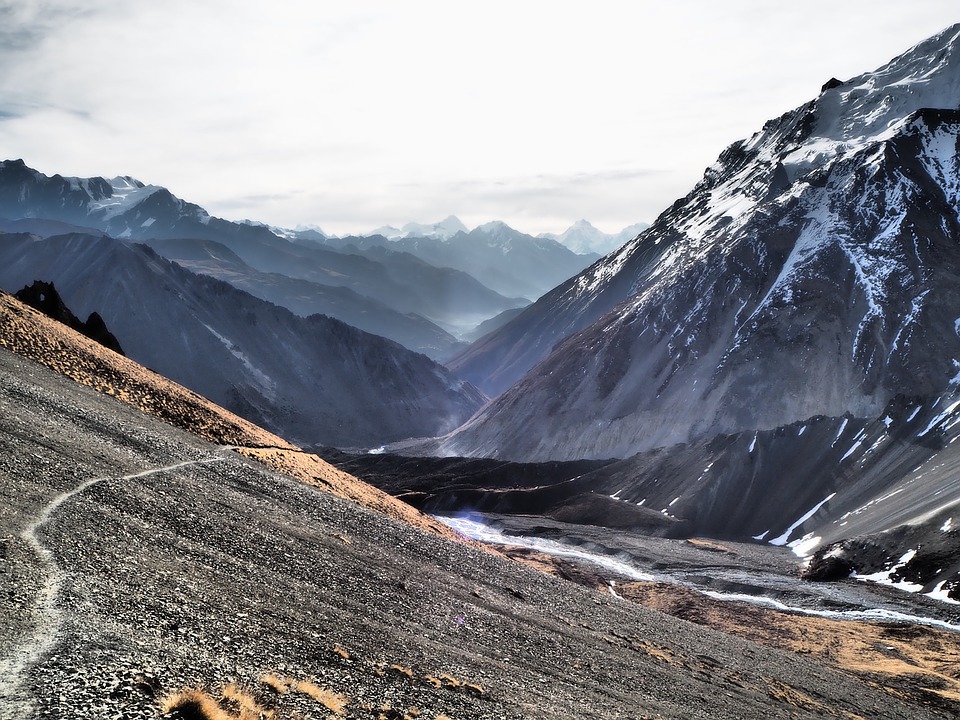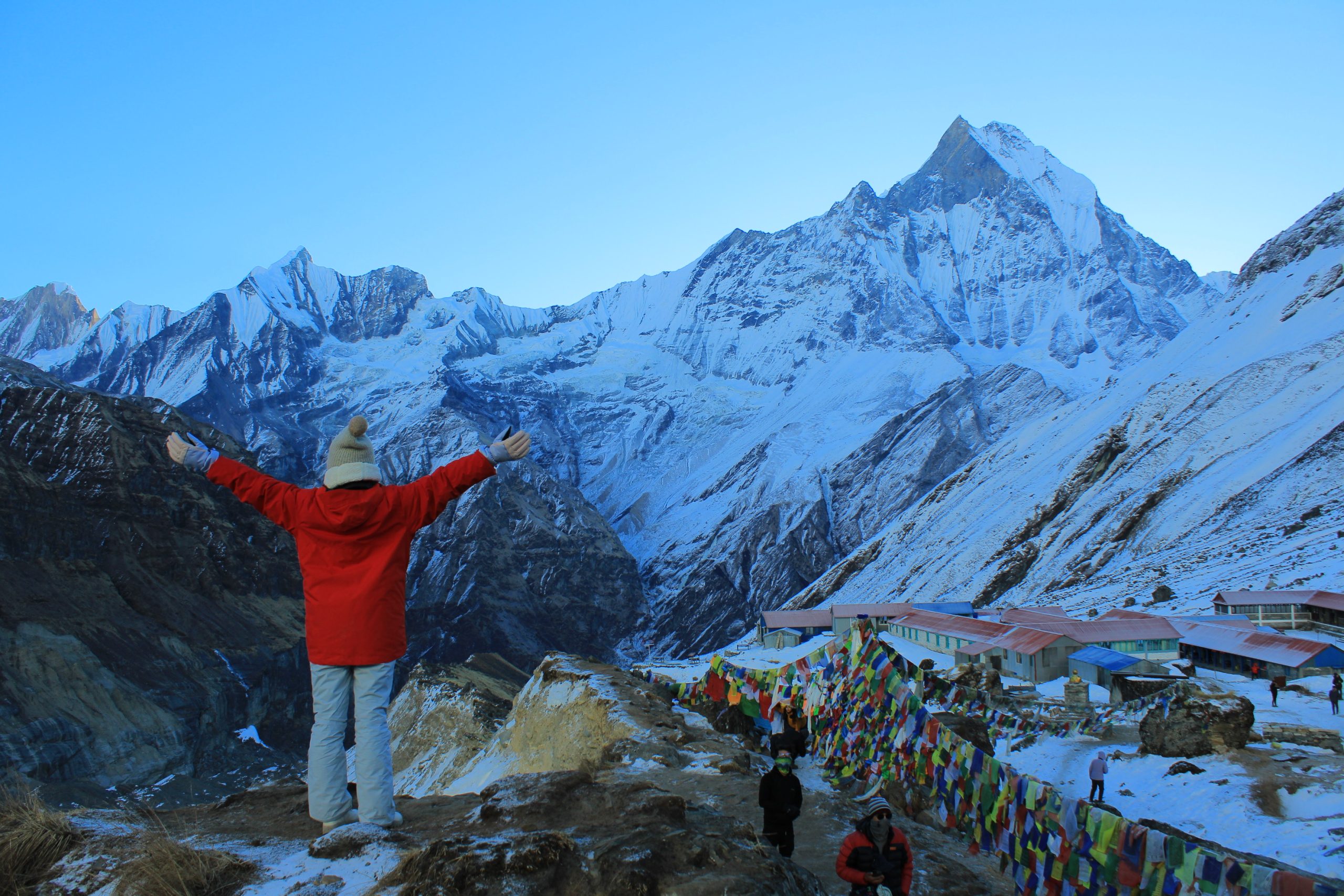Annapurna Base Camp trek is a famous trekking route in Nepal that offers breathtaking views of the Annapurna range. The trek starts from the beautiful lakeside city of Pokhara and passes through charming villages, lush forests, and terraced fields before reaching the base camp. The trail takes you along the Modi Khola river, through rhododendron forests, and over suspension bridges with stunning views of the Himalayas. Along the way, you’ll pass through various villages, including Ghandruk, which is home to the Gurung community, known for their bravery and hospitality. Reaching the base camp is a surreal experience with the massive Annapurna I towering in front of you. The view of the snow-capped mountains and glaciers is truly awe-inspiring. The trek can take anywhere from 11 to 13 days depending on the route and pace, and it’s recommended for people with a moderate level of fitness and some trekking experience. The Annapurna Base Camp trek is a must-do for anyone visiting Nepal and looking to experience the beauty of the Himalayas.
Here are some reasons why the Annapurna Base Camp trek should be on your bucket list: Continue reading “Why Annapurna Base Camp Trek Should Be On Your Bucket List?”



